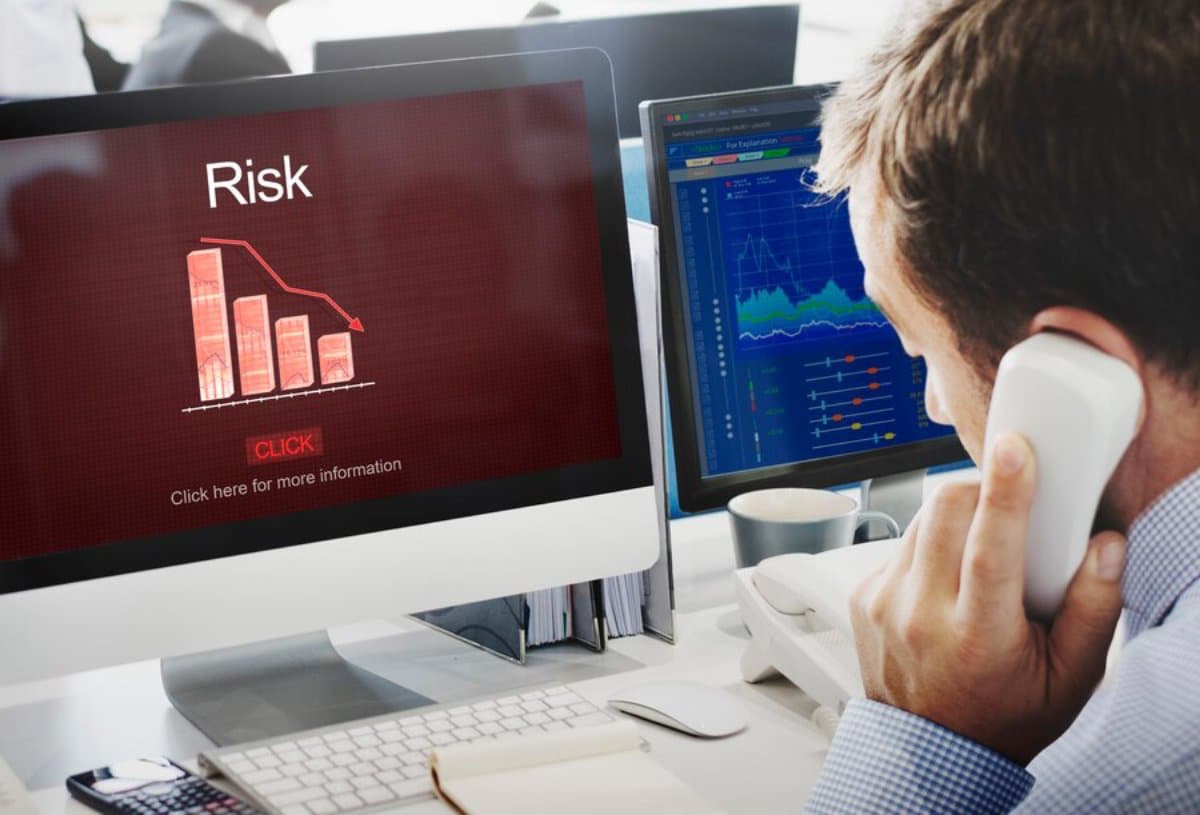
The Role of Leverage in Forex: Benefits and Risks
In the fast-paced world of forex trading, leverage can be a strong tool and a risky trap. For many traders, leverage can lead to big profits. But it also comes with serious risks. Knowing how leverage works in forex trading is key for all traders, from beginners to pros. This blog will explore the benefits and risks of leverage. It will also offer tips on forex risk management and trading strategies. In the end, you will understand how to use leverage wisely. You’ll also learn how to reduce its risks.
Leverage lets traders boost their market exposure without putting up the full capital amount. This can be very appealing for those who want to get the most from their investments. However, this increased exposure also comes with an amplified level of risk. Small market movements can result in significant gains or losses. Understanding leverage means knowing how it works and using it wisely.
Key Benefits of Leverage in Forex Trading
Leverage is key in forex trading. It lets traders manage more prominent positions using just a tiny amount of money. This mechanism boosts profit potential. So, it makes forex trading appealing to many investors. Let’s explore the key benefits of using leverage in forex trading:
Enhanced Profit Potential
One of the primary advantages of leverage is the ability to amplify profits. By controlling a larger position size, traders can significantly increase their potential returns. For instance, with a leverage ratio 100:1, a trader can control £100,000 with just £1,000 of their capital. This magnification of profit potential is a significant draw for many forex traders.
In the forex market, which is both liquid and volatile, even small price changes can lead to big profits. A 1% change in a major currency pair can yield a 100% return on the margin you invested in a leveraged position.

Greater Market Access
Leverage lowers the barrier to entry in the forex market. Traders with limited funds can join the market and take advantage of trading opportunities. This accessibility lets many investors, including individual retail traders and big institutional investors, join forex trading.
This democratization of trading lets people with small savings learn and try out real-time markets without needing to invest large amounts. It enables a wider group of participants to explore forex as a viable investment option.
Flexibility in Trading Strategies
Leverage gives traders the freedom to use many different trading strategies. If you’re a day trader wanting quick profits, or a swing trader chasing trends, leverage can boost your strategy. It increases your exposure to the market.
A trader may want to hedge an open position or diversify into different currency pairs. Leverage allows traders to spread risk while maintaining sufficient capital for other trades. It can also allow traders to scale into or out of positions incrementally.
Why Leverage Matters: Real-Life Applications
Here are some real-life examples showing why leverage matters in forex trading:
Scenario 1: Day Trading with Leverage
Picture a day trader spotting a quick trading chance in the GBP/USD pair. Without leverage, the trader’s potential profit would be limited by their available capital. Using leverage, the trader can grow their position size. This can turn a small price change into a big profit.
This tactic works well in scalping. Traders make many trades each day and profit from small price changes. Leverage allows these small fluctuations to have a meaningful financial impact.
Scenario 2: Hedging with Leverage
Institutional investors often use leverage as a hedging tool to manage forex risk. Investors can use leveraged positions in currency pairs. This helps protect their portfolios from bad currency movements. This strategic use of leverage helps mitigate risks and stabilises returns.
A company with large global operations can use leverage to shield itself from currency risk in those countries. This helps them stabilise their finances and better manage foreign exchange risks.
Additional Expert Tips & Common Mistakes to Avoid
While leverage offers numerous benefits, it is not without its challenges. To use leverage effectively in forex trading, you must know the best practices and common pitfalls.
Expert Tip: Implementing Robust Forex Risk Management
Effective risk management is crucial when trading with leverage. Traders need clear risk limits. For example, they can use stop-loss orders to safeguard their capital. Additionally, diversifying trading positions and avoiding over-leveraging are essential strategies for managing risk.
A solid rule of thumb is to risk no more than 1-2% of your trading capital on a single trade. A stop-loss helps limit your losses if the market turns against you. Position sizing based on account equity and volatility keeps risk in check.

Common Mistake: Over-Leveraging
One of the most common mistakes traders make is over-leveraging their positions. This happens when traders risk too much compared to their account size. If the market turns against them, they can face big losses. Use leverage wisely and stick to a clear trading plan.
New traders often fall for this mistake. They are attracted by the promise of quick profits. However, the same mechanism that magnifies gains also magnifies losses. Using too much leverage can quickly erase an account. So, it’s important to use leverage carefully and thoughtfully.
Advanced Insights
To grasp leverage in forex trading, look at these expert tips and insights:
Understanding Leverage Ratios
Leverage ratios vary across brokers and trading platforms. Understanding your broker’s leverage ratios is key. They can greatly affect your trading strategy. Some brokers offer leverage ratios as high as 500:1, while others may limit leverage to 30:1 for retail traders.
Be sure to assess the broker’s regulatory compliance and risk warnings. High leverage is not a selling point. It needs strong risk control tools and transparency. Choose a leverage ratio that aligns with your risk tolerance and trading objectives.
The Impact of Margin Calls
Traders must be aware of the potential for margin calls when trading with leverage. A margin call occurs when account equity drops below the required margin, prompting the broker to close positions to prevent further losses. Understanding margin requirements and maintaining sufficient account equity can help avoid margin calls.
To avoid margin calls, monitor your account equity and compare it to your open positions. Review your margin usage often, and use margin calculators and alerts from trading platforms. This will help you stay informed and react quickly to market changes.
Conclusion: Navigating the World of Leverage
In conclusion, leverage is a strong tool in forex trading. It can boost profits and give you better access to the market. However, it also carries significant risks that require careful management. Traders can enjoy the benefits of leverage by using strong forex risk management strategies. They should also avoid mistakes like over-leveraging to reduce potential downsides.
Use leverage wisely. Have a clear trading plan. Stay committed to learning. Test strategies and learn about leverage using demo accounts. Do this before using real money. Keep up with market news and changing rules. This helps you trade wisely and stay compliant.
As you navigate the world of forex trading, remember that leverage is a double-edged sword. Use it wisely, and it can be a valuable ally in your trading journey. Think about your risk tolerance. Create a strong trading plan. Keep learning to stay ahead in the changing forex market.


